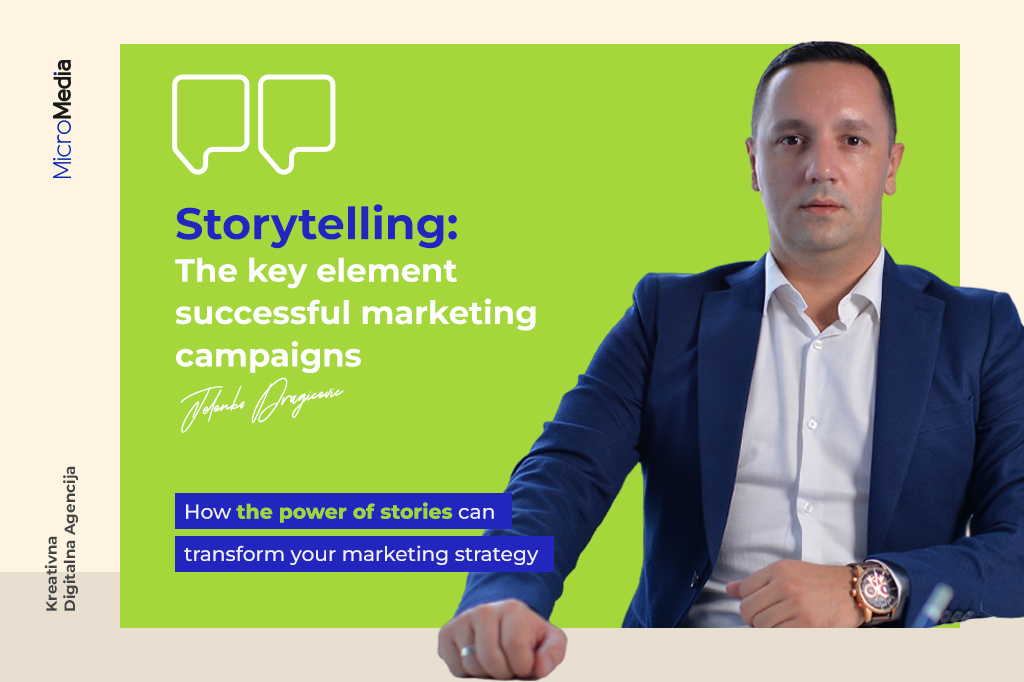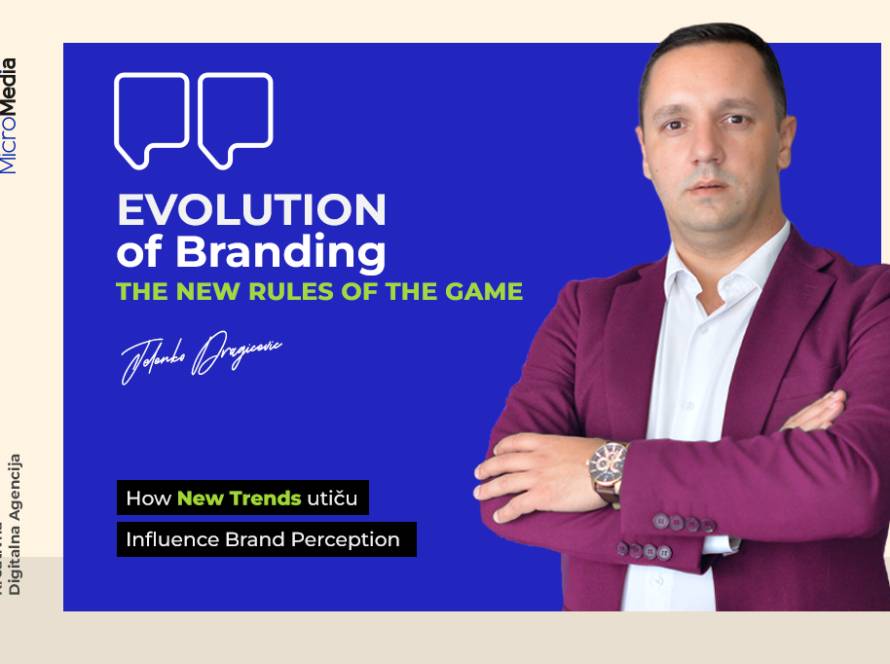What is Storytelling in Marketing?
Storytelling, at its core, involves using narratives to connect with the target audience. Instead of directly promoting a product or service, we tell a story that engages and emotionally connects the audience with the brand. Through years of experience, I have come to realize that it is the story that leaves a lasting impression and builds loyalty.
The Power of Storytelling in Marketing
Storytelling is not just about telling stories – it is an art that combines information and emotions, creating a deep connection between the brand and its audience. Stories have the power to engage, inspire, and motivate people to take action. Experience shows that, when used correctly, storytelling can significantly increase brand recognition, customer loyalty, and ultimately, sales.
Why is Storytelling Important?
Through my work with numerous clients, I have realized that storytelling is crucial for distinguishing a brand in a crowded market. A story not only captures attention but also creates an emotional connection. This connection is what drives customers to choose your brand among many other options. One of the campaigns I led, for the Chupa Chups brand, relied on storytelling and resulted in a more than 50% increase in social media engagement.
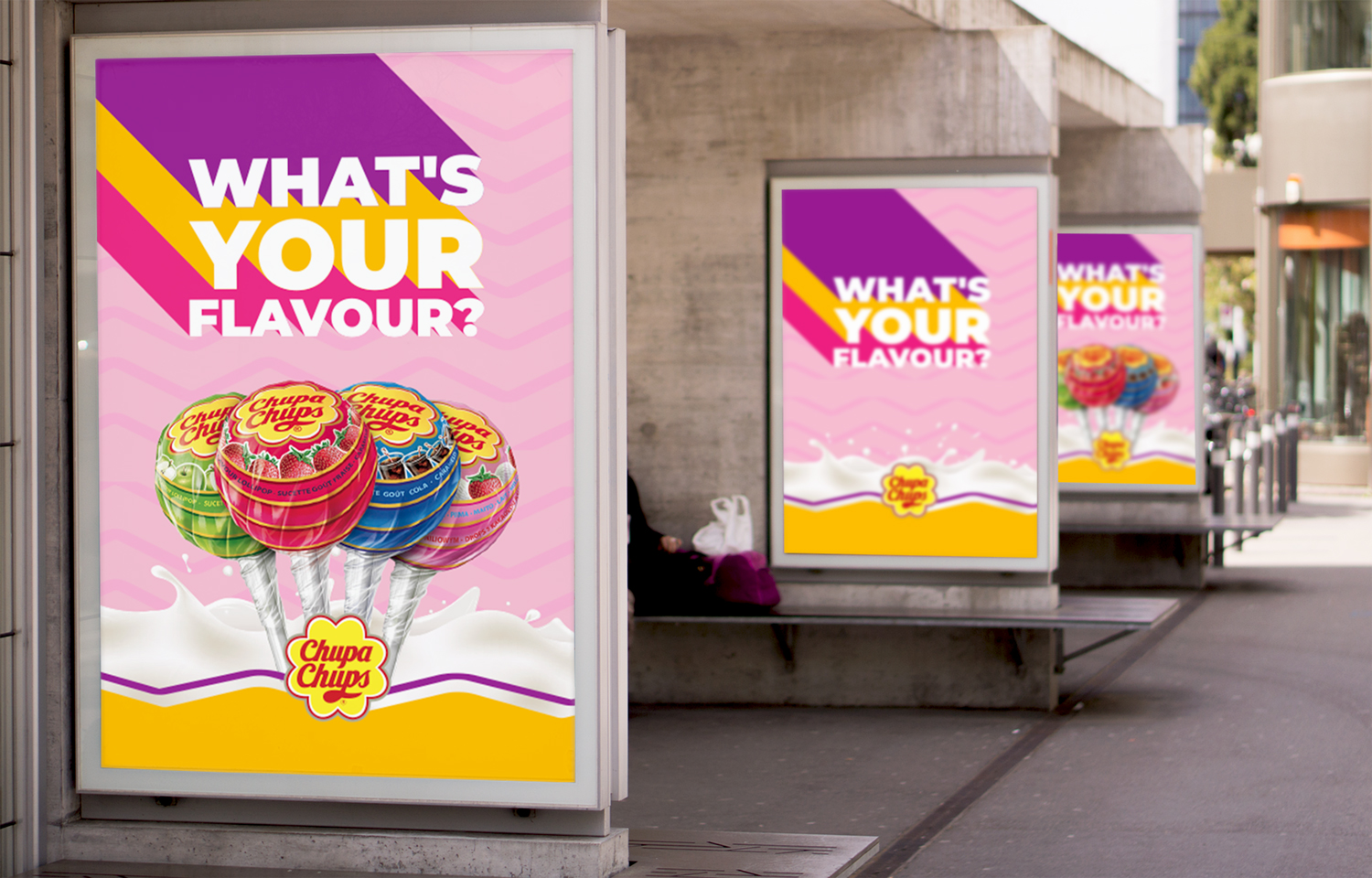
Elements of a Good Story
Characters
Every good story begins with characters. In marketing, these are often your customers or personas representing your target audience. The characters should be authentic and aligned with the values of your brand.
Plot
The plot or storyline should be engaging and relevant to your audience. This could be a challenge that your brand helps to solve, a journey that your customers go through, or a change that you bring to their lives.
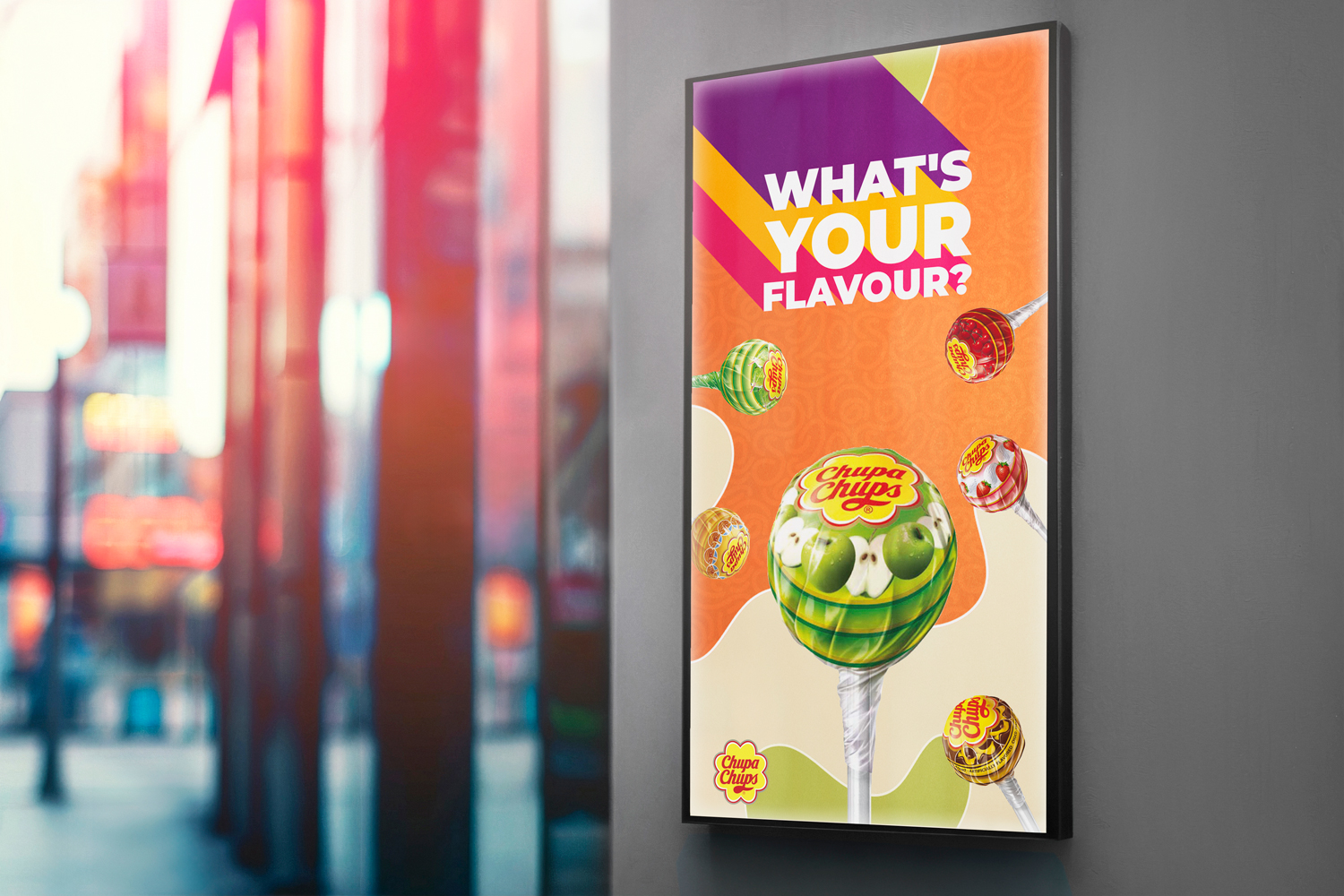
Conflict and Resolution
Conflict is at the heart of every good story. It is the problem or challenge that your characters face, which your brand helps to resolve. The resolution should be convincing and demonstrate how your product or service delivers value.
Message
Every story should have a clear message or moral. This is what your audience should take away after reading your story—the values of your brand, its mission, or a unique advantage you offer.
Examples of Successful Campaigns
Case Study 1: Coca-Cola
Coca-Cola is a master of storytelling. Their campaigns, like “Share a Coke,” personalized the experience of drinking a soda by placing customers’ names on bottles, encouraging them to share joy and create memories. This campaign not only boosted sales but also created a strong emotional connection with customers.
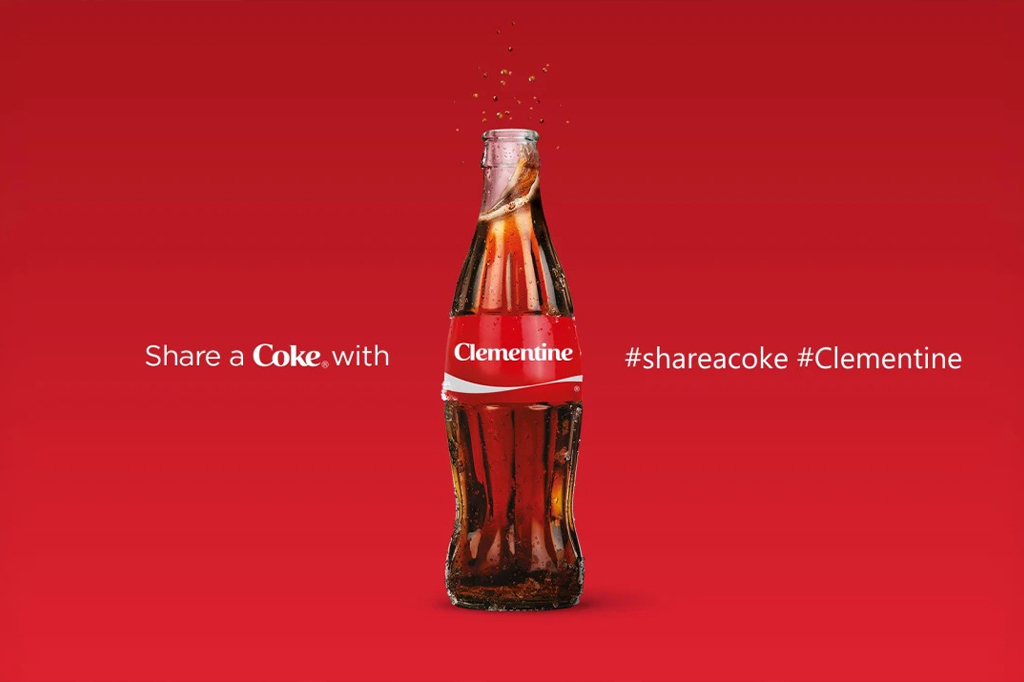
Case Study 2: Nike
Nike is known for inspirational stories that depict athletes overcoming obstacles. Their “Just Do It” campaign motivates people to believe in themselves and their abilities, making Nike not just a seller of sports products but also a promoter of a lifestyle.

How to Use Storytelling in Your Campaigns?
The story must be authentic and relevant to your audience. Identify the values and emotions you want your audience to feel and build the story around those elements. Through many projects I’ve realized, I always returned to the basic truth—a story must be sincere to be effective. For example, in the “” campaign for , we used real user stories, which created immense identification with the brand and increased sales by 30%.
How to Create an Effective Marketing Story
Steps in the Process
- Identify Your Target Audience: Know who you are addressing.
- Define Key Messages: What do you want your audience to know and feel?
- Build Characters and Plot: Place your customers at the heart of the story.
- Introduce Conflict and Resolution: Show how your brand solves problems.
- Create an Emotional Conclusion: Establish a deep connection with the audience.

Tips and Tricks
- Be authentic and consistent.
- Use visuals and multimedia to bring the story to life.
- Integrate the story across all marketing channels.
Tools and Resources
- Tools for visualizing stories (e.g., Canva, Adobe Photoshop, Spark)
- Content distribution platforms (e.g., Blogs, Social Media)
- Analytical tools for tracking performance (Google Analytics)

Conclusion
Storytelling is a powerful tool that can transform your marketing strategy. Through authentic and inspiring stories, you can create a deep connection with your audience, increase customer loyalty, and improve business outcomes. Start using storytelling today and discover its power!
Do you want your marketing campaign to be just as successful? Contact us today and find out how MicroMedia can help you create a story that will captivate your target audience. Share your thoughts on storytelling in the comments or follow us on social media for more tips and inspiration!
This article was prepared by MicroMedia, led by Jelenko Dragičević, CEO with over 15 years of experience in marketing.
Visit us at MicroMedia for more information and professional marketing services.

